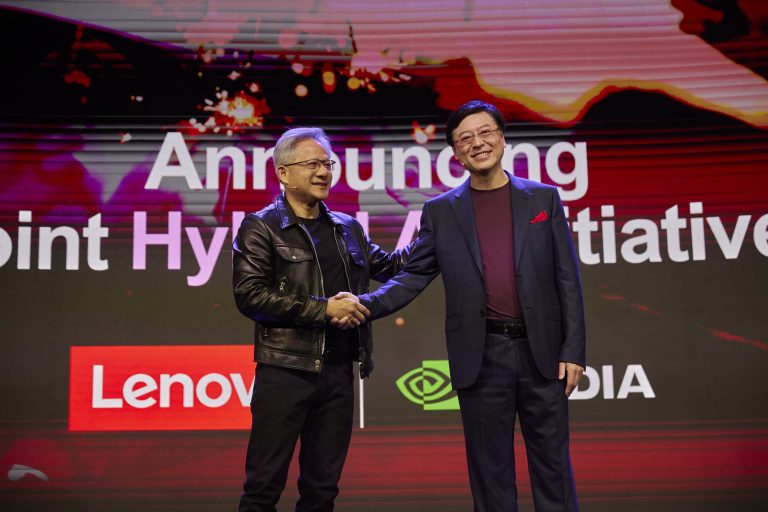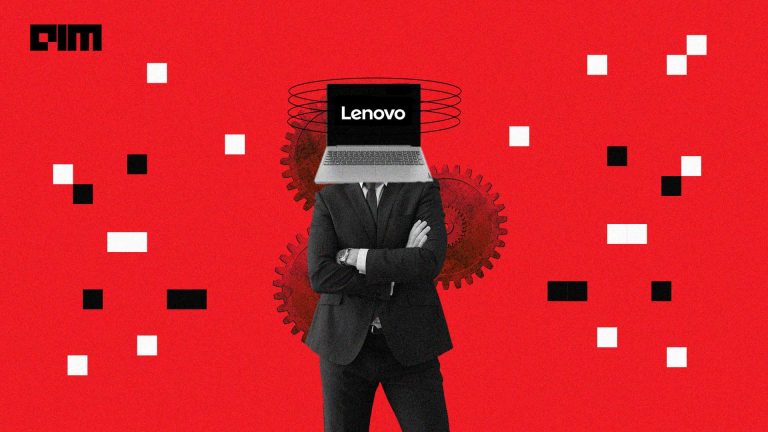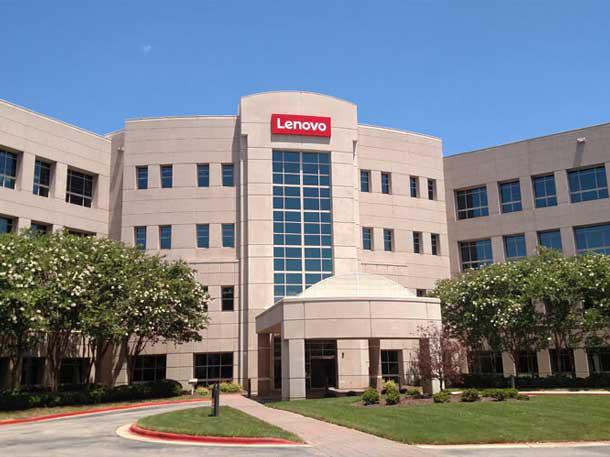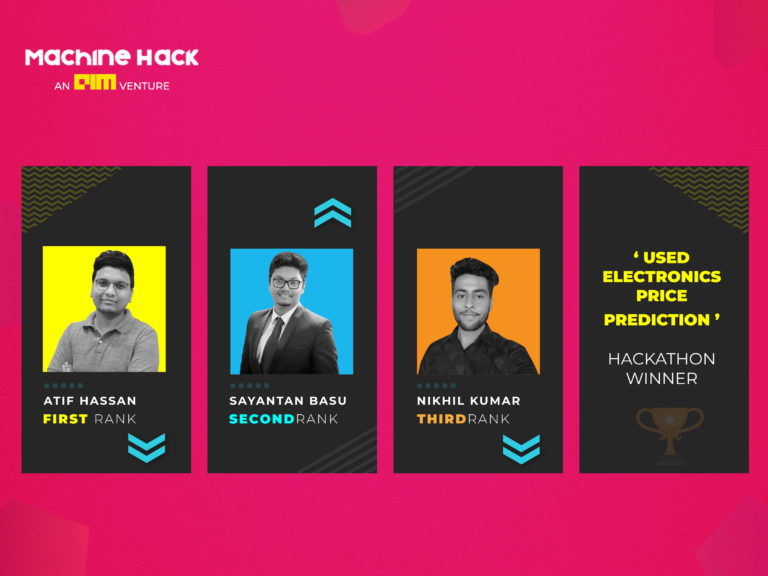
With the increasing relevance of cloud, mobility and big data technologies as a part of digital transformation efforts, companies across the globe are adopting it tremendously. Lenovo, that has been a dominant force in the PC market too is driving data centric approach. As a part of its partner centric strategy, Lenovo has aligned with notable industry leaders such as SAP, Microsoft, Nutanix, Nexenta, Juniper and others to create new solution stacks and to partner on go-to-market efforts.
In 2014, it embarked on a journey to increase its presence in the data centre with the acquisition of IBM’s 86 server business. With the completion this integration the company has shifted into a higher gear looking to take advantage of competitive disruptors. In the year 2016, the company announced launch of several partnerships, products and programs that span across software-defined storage, networking, servers and converged infrastructure.
Vivek Sharma, Managing Director of Lenovo Global Technologies India Private Ltd., leads DCG at Lenovo. As the DCG leader, he is responsible for driving profitable growth in India, focus on customer-centric solutions as well as manage an extensive product portfolio including Server, Storage, Software, Services and Networking.
An accomplished professional with rich experience in sales leadership and general management roles, he has been managing large and complex business units quite effortlessly. In his conversation with Analytics India Magazine, he shares an overview of Lenovo DCG business, trends shaping data centre business and more.
[dropcap style=”flat” size=”2″]AIM[/dropcap]Analytics India Magazine: Please provide an overview of the new Lenovo DCG business?
[dropcap style=”flat” size=”2″]VS[/dropcap]Vivek Sharma: In 2014, we expanded our enterprise business with the acquisition of IBM’s x86 server and networking business unit. Our data centre business is headquartered in the US with 7 global R&D centres and over 10,000 specialists supporting customers around the world. With its high-velocity data centres supply chain and manufacturing, we were able to provide better quality and supply chain security for all our enterprise customers. The business is divided into five specific focus areas based on market segments:
- Hyper-scale
- Software Defined
- Supercomputing
- Data Centre Infrastructure
- Services
Today, Lenovo is a premium data Centre Company built on a foundation of trust, innovation and a high-performance brand. Our portfolio spans servers, storage, converged and Hyper-converged, networking, Hyper-scale, software and services. Our dedicated Lenovo data centre team is built around customer segments and how customers want to implement data centre solutions to best support their business.
We were recently ranked #1 in customer satisfaction (TBR) and reliability (ITIC), we were among the top 25 for Supply Chain (Gartner), and leadership in high-performance computing as the #2 vendor on the TOP500 Supercomputing list.
AIM: How has been DCG’s transition story from pure play server provider to end-to-end data centre solutions player?
VS: We are committed and invested to be a customer-centric data centre company. Our goal is to be among the top 3 data centre players in the industry, the largest and fastest growing supercomputing company by 2020, and accelerate the pace of data centre innovation for our customers.
Our ability to transform the data centre industry is built on two key foundations. The first is the Lenovo history in the PC industry, and our journey to #1 through a culture of learning, innovation and reinvention. The second is our IBM heritage which represents the highest quality in enterprise systems.
AIM: What are the trends shaping the data centre business?
VS: Despite being the talk of the town for the past few years ‘digital transformation’ continues to be a top priority for most CIOs and a key factor determining market trends. It continues to dominate tech conversation as workloads go to the cloud, employees work beyond offices, and executives make data-driven decisions. It comes as no surprise why organisations are digitising their business: to realise the promises of new business models, new forms of engagements, and the crucial competitive edge.
Here are some critical asks that are shaping today’s data centre business:
- Flexibility and Agility: Technology begets immediacy. End-users today are already demanding products, services, and experiences wherever they are, whenever they want it. Come tomorrow, organisations will need to start anticipating end-user needs even before they realise what these are. The industry leaders of the future are those who are able to respond rapidly.
- Scalability: New technologies such as mobile, IoT, and VR, are finding their way into the business landscape. The downside to this is the data explosion. We have seen organisations weighed down by the volume, velocity, and variety of data as their IT infrastructure struggled to cope.
- Reliability: Sectors such as finance and healthcare are becoming increasingly reliant on technology to keep mission-critical operations always on. A second of downtime for life-saving devices or the stock market spells disastrous—even lethal—consequences. While physical disaster recovery (DR) sites are the industry go-to, oftentimes this traditional approach takes minutes if not hours to get systems back online. While many CIOs turn to public cloud, hybrid clouds are a great way to maintain day-to-day availability of the applications. However, this does not mean one can forget the basics. Every piece of hardware matters, and having multiple parallel paths will ensure the high availability of systems.
- Security: Incidents such as Petya and WannaCry earlier this year signify how dangerous, complex, and targeted cyberattacks are becoming. We can only expect cyber criminals to become smarter and attacks to be more severe in 2018. No organisation wants to be at the receiving end of an attack; not only does it lead to significant financial losses, in a split second, they will stand to lose what took years to build—their customers’ trust.
- Simplicity: Intelligence will be the face of 2018—think AI and intelligent analytics—and early adopters are tapping these to enhance decision-making, reinvent business models, and revolutionise the customer experience. But intelligence does not start by just integrating new technologies. Organisations need to foster a culture of innovation to inject intelligence into every aspect of the business.
The role of CIOs here is powerful. By designing an IT infrastructure that is lean and simple, they can empower entire organisations—from C-suites to sales teams—to spend less time on housekeeping and more time on productive business activities. Doing so will free them up to pursue innovation, and at the same time be able to tap intelligent applications and platforms to help accelerate its transformation into a smarter one.
AIM: How is analytics crucial at Lenovo? What are some of the use cases where analytics has benefitted Lenovo?
VS: The Data Centre Group Global Supply Chain (GSC) uses analytics in a number of ways. One major instance is in demand and supply planning. Every week the team runs a model to do a “Closest to the Pin” order load volume projection based on a combination of history, most recent order load data and trends, and additional knowledge adjustments built up by product family and geography. The use of these analytics is the base for our supply support of customer orders, enabling their on-time delivery, which for the last several months has been 90%+. The analytics have also helped ‘steady-state’ (outside of a major transition time) forecast accuracy to regularly meet target of 75%+. Other examples include business planning projections made by our fulfilment team and manufacturing capacity planning.
We also use analytics heavily in services. As an example, we’ve built out a robust platform to ensure that our customers have the right level of coverage called “Customer Service Coverage Analytics.” Essentially, we’ve built a customer centric view of the install base which allows us to quickly identify areas where our customers are exposed so we can proactively reach out and provide them with the right service product to ensure their hardware investment is protected. In North America, we’ve increased our knowledge of our customer’s install base by over 300% and have used those insights to pinpoint areas in our customer’s business where there were gaps in coverage – and in most cases the customer was not even aware. In addition to benefiting our customers, it generates more high-quality service opportunities that we can call on and convert to sales opportunities.
AIM: What are the technologies that play a crucial role at Lenovo and are adopted as a part of their digital transformation efforts?
VS: The Central Quality Analytical System (CQAS) is an end-to-end quality data based analytical system we started building and using from late 2016. At a high level, the system (Qlik as a visualisation tool) stores tons of technical data from system to components, from customer (also known as field) to manufacturing and suppliers. Through analysis of that technical data, it primarily detects various failure symptoms like patterning and trending in the CQAS that helps our engineers prevent repetitive technical issues from design for reliability, better manufacturing process, quicker resolution or earlier actions for customers’ technical issues. This ultimately improves overall product quality in order to achieve the best customer experiences. We are still developing this space today and our vision is to have it fully automated for early warning on quality and a robust tool for quality design upfront.
AIM: How is artificial intelligence used here?
VS: We’re also using analytics to power our closed loop customer satisfaction process. Every customer comment is read and categorised, using a mixture of humans and machine learning, to identify the common themes that we need to address. This is backed up by a strong operational business management system that tracks actions and progress against the key issues.


















































































